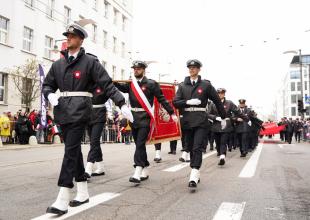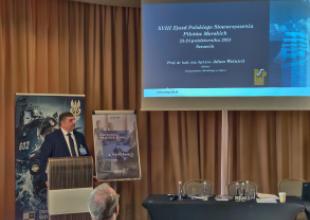Rejs Darem Młodzieży

Wykorzystaj okazję i licytuj rejs na "Darze Młodzieży".
Gdyńskim akcentem ogólnopolskiej licytacji Wielkiej Orkiestry Świątecznej Pomocy jest ufundowany przez Akademię Morską w Gdyni dwutygodniowy rejs żaglowcem DAR MŁODZIEŻY.
Już po raz trzeci zapraszamy do wspólnej niesamowitej podróży.
Cena wywoławcza 1 tys. zł.
Szczegóły na stronie : www.aukcje.wosp.org.pl numer 438455
Inne atrakcje przygotowane przez Akademię Morską w Gdyni na Wielką Orkiestrę Świątecznej Pomocy w dniu 9 stycznia 2011 roku:
10:00 – 16.00 zwiedzanie statku szkolnego ,,Horyzont II” / Skwer Kościuszki /
10:00 – 16.00 pokaz symulatora na Wydziale Nawigacyjnym AM
17:00 - statek szkolny ,,Horyzont II” wypływa w krótki rejs po zatoce, jeśli pogoda dopisze;
Zachęcamy również do udziału w innych atrakcjach przygotowanych przez Trójmiasto w ramach Wielkiej Orkiestry Świątecznej Pomocy.




